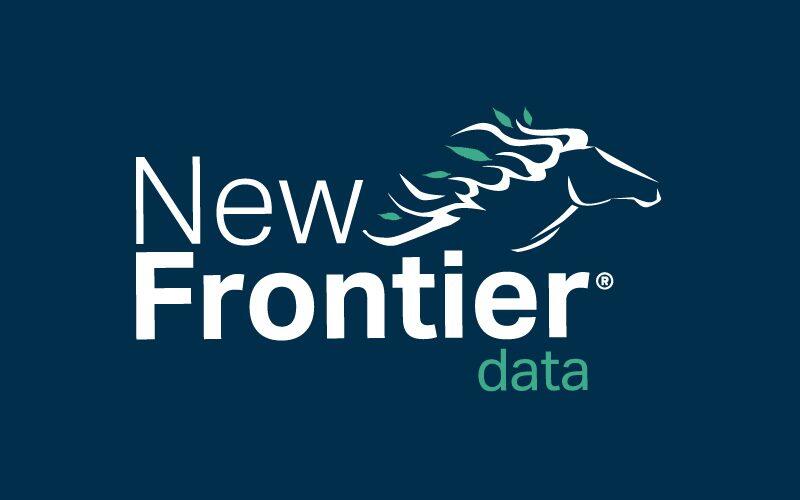As Colorado’s Medical Market Finds a Plateau, Adult-Use Climbs 2x Higher

Florida Court Rules Vertical Integration Unconstitutional: So, What Now?
August 4, 2019
Colorado’s Adult-Use Sales Soar 2x Upward
August 11, 2019By J.J. McCoy, Senior Managing Editor, New Frontier Data
For the first time in five years of Colorado’s coexisting, legalized adult-use and medical cannabis markets, recreational sales more than doubled medical sales in 2018, according to state regulators’ figures. Colorado rolled out its adult-use market in 2014, after beginning its medical program in 2000.
The differentiation has occurred as the Centennial State’s longer-matured medical market has seen a general plateau in sales, while its adult-use market’s sales continue to climb. The difference in total medical sales last year from 2015 marked a 2.3% uptick, while the change in adult-use sales in 2018 from 2015 notched a 169.6% climb.
Colorado’s Marijuana Enforcement Division (MED) last week reported in-state sales of 288,292 pounds of adult-use cannabis, along with 147,863 pounds sold to medical marijuana patients. For comparison, in 2017, recreational consumers purchased 238,149 pounds compared to 172,994 pounds sold to patients. That means a one-year, 73% increase in the recreational-versus-medical gap.
As noted by John Kagia, New Frontier Data’s Chief Knowledge Officer, the inflection point happened in mid-2017, when after 2.5 years adult-use sales first surpassed Colorado’s robust medical sales. “Now we are seeing for the first time a reduction in medical use sales being offset by sales in the adult-use market,” he said.
In 2016, adult-use and medical sales ran essentially even (52% to 48% of sales, respectively). However, the gap widened to a 58%-42% split in 2017, and a 66%-34% disparity last year.
The evolving flower market is being shaped by a dynamic convergence: The gradual contraction of the medical market has seen patient participation fall (from a peak of 116,000 in 2009 to just over 84,000 today), and a strong shift to value-added products, most notably concentrates and vapes.
In 2018, Colorado’s legal cannabis industry rang up a record $1.55 billion in sales. So far this year (by the end of May), sales totaled $665.6 million. An estimated 82% of the state’s adult-use consumers participated in its legal market.
Put into terms of McDonald’s iconic fast-food restaurant signage, Colorado’s legal cannabis market could claim “Almost 2.2 billion served” to celebrate the first five years of its combined flower sales in the adult-use and medical programs. Based on the total weight of cannabis sold, that translates to the theoretical number of 1/3-gram joints that could be made. For the third-straight year, Denver County led the state for the number of plants cultivated, by itself accounting for more than 500,000 plants each month.
“In an effectively regulated, legalized environment, it does not take very long for an adult-use market to become the dominant vertical in the state,” Kagia explained. “However, with a robust and well-managed medical program with key patient concessions, it is possible to both maintain a robust medical-use program while still efficiently scaling the adult-use demand that is generally going to be worth multiples of the medical market.”
Colorado’s legal market is nearing maturity and saturation, he said. “Every adult who chooses to participate in the market is already in that market.” Based on New Frontier Data’s new estimates, 82% of Colorado’s total cannabis consumer market is now served by the legal market. The remaining 1/5 include groups that are unlikely to ever become active legal buyers either — because they grow their own cannabis, have a well-established sources for unregulated cannabis that rivals or surpasses the quality of the legal market at lower cost, or do not want to be tracked by the state-regulated ID requirements to purchase product.
Nevertheless, Kagia added, expect continued demand for non-flower products: “Even as we have seen a decline in the share of flower relative to other products, we have seen a dramatic increase in non-flower product,” he said. “Part of the reason why we anticipate continued growth in non-flower product is because of the way these are being used. If you think of the way that they are being integrated to consumers’ lifestyles, flower is comparatively inconvenient and indiscreet. Conversely, a significant proportion of the billions of dollars the industry is raising is being channeled toward developing new, more elegant ways to ingest cannabis.”
In the coming years, innovation around formulations and delivery mechanisms will create new, broadly ranging products and use cases, in the process challenging flower’s dominance as the market’s preferred way to consume cannabis. However, with well-established generational preferences for flower, the category will remain large and lucrative for the highest-quality, best marketed, and most efficient producers.
The takeaway for investors and regulators is that it is possible to run profitable markets in both medical and recreational programs; even five years in, there remains strong opportunities for innovation, arbitrage, and growth.




